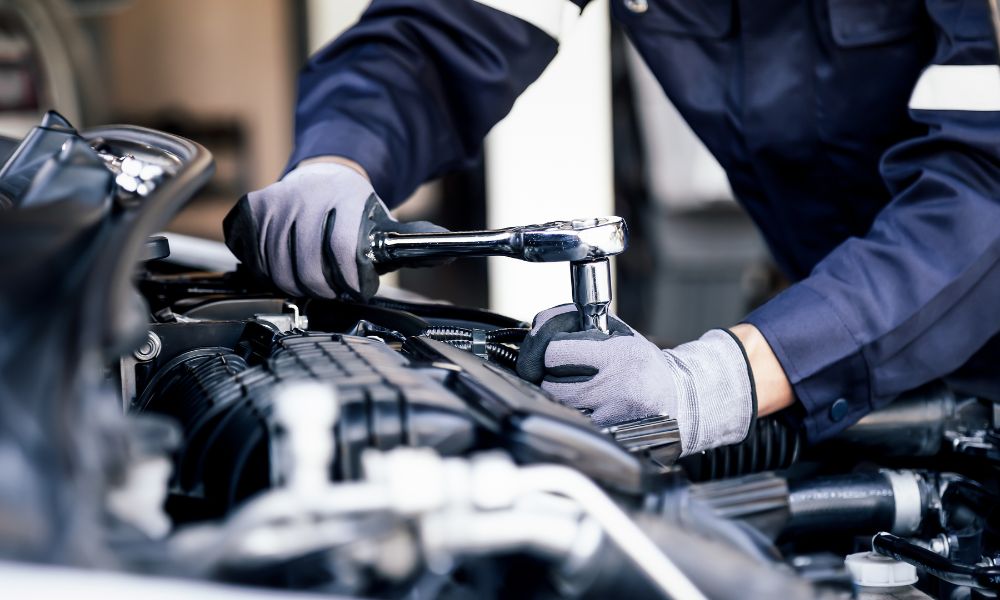Power seats in contemporary cars provide unmatched comfort and customisation, making it simple for drivers and passengers to choose their preferred sitting arrangement. Power chairs, like any electromechanical system, may eventually experience problems, which frequently show up as odd noises when being adjusted. Recognising and deciphering these noises is essential for precise diagnosis and prompt repairs, avoiding additional harm and guaranteeing continuous operation.
Deciphering the Grinding Groan: Identifying Motor and Gear Problems
A grinding or groaning sound, especially when moving, is one of the most alarming sounds coming from a power seat. This frequently indicates problems with the motor of the seat or the related gear mechanism. A worn-out motor may make a strained, grinding noise as it struggles to provide the required torque. Similar to this, a harsh, moaning sound may be produced by stripped or damaged gears in the drive system that are unable to mesh correctly. Pay close attention to the noise’s position during particular seat changes in order to pinpoint these problems. The motor itself is most likely to blame if the sound is the same in all movement directions.
Clicking or Ticking: Examining Loose Components and Wiring
When adjusting the power seat, a steady clicking or ticking sound frequently signals loose wiring or parts. The seat structure may move and make a clicking sound as it shifts due to loose bolts holding it in place. Likewise, loose wiring harnesses may come into contact with other parts when the seat is being adjusted, making a ticking sound. Look closely for any indications of looseness in the wire harnesses, mounting points, and seat frame. At Auto Repair in Littleton, Co, experienced technicians can help diagnose and resolve these issues efficiently. Make sure all wires are securely fastened and insulated, and tighten any loose bolts or fasteners.
Squealing or Screeching: Addressing Lubrication and Friction Issues
Screeching or squealing often implies excessive friction or lubrication. This is common in older automobiles with neglected seat mechanics. The motor, adjustment mechanisms, or seat tracks may be making the sound. High-quality lubricant on the seat mechanism’s moving parts often fixes this issue. After cleaning the affected areas, lightly lubricate with oil or silicone. If squealing persists after lubrication, check seat tracks and adjustment mechanisms for wear and corrosion. Replace them if necessary.
Conclusion
Popping or cracking sounds after excessive seat adjustments may indicate binding or structural weakness in the seat frame or adjustment mechanisms. Underweight seats may break or bend, making a popping sound. Binding in the adjustment mechanisms might cause a cracking sound when the system overcomes resistance. Inspect the seat frame for wear and tear. Also, clear the seat tracks of anything that could impede movement. The frame may need welding or repair if structural weakness is identified.

